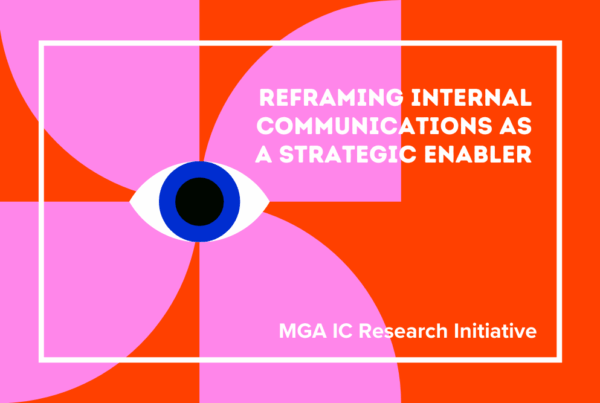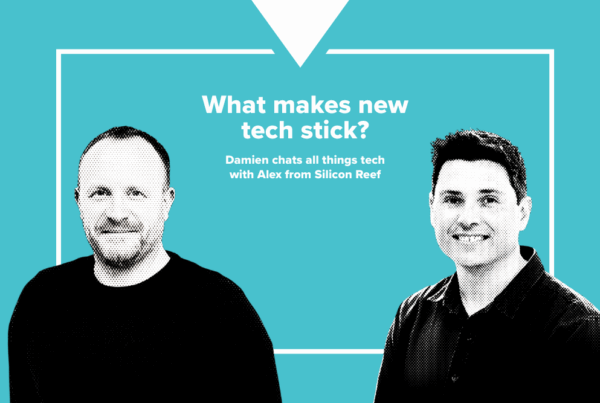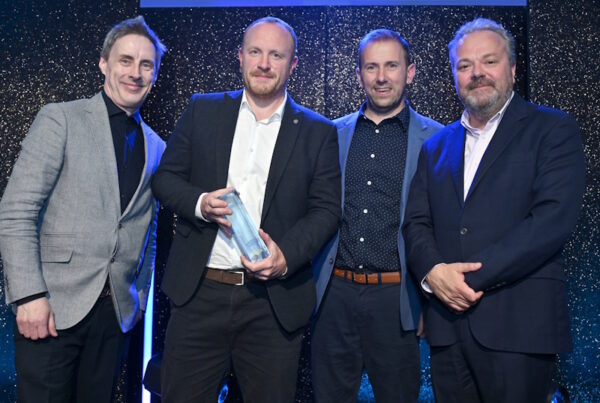Published in Agency life, News, Recruitment
Recognising the positive actions and successes of employees is not new, however the actions which we capture and celebrate, and the ways in which we reward, are constantly changing. The value of getting this right is as noticeable as the impact and effect it can have when not done correctly. Therefore, the approach organisations take to designing, implementing and running initiatives which recognise the work of employees requires real planning and thought.
Some of the most effective initiatives are those that are able to engage and unite an organisation’s global workforce. Such initiatives come with their own challenges, having to transcend multiple barriers such as cultural sensitivities, hierarchy, gender and pay, in order to deliver an initiative that feels fully inclusive and resonates. They need to feel genuine and capture the complexities of a business in a simple way that all understand.
Their strength is in the ability to reinforce and communicate the most valuable elements of a brand strategy, such as an organisation’s Purpose, as well as the Mission, Vision and Values. Placing these elements at the centre of such programmes and building measures around identifying where these have been upheld or built upon, acts to reinforce their validity and further embeds a consistent culture throughout the organisation. This delivers a more aligned workforce internally, whilst externally presenting a robust business which all believe in and can articulate.
New insights from the IBM Smarter Workforce Institute and Globoforce’s WorkHuman Research Institute find that human resource management practices are most productive when employees experience belonging, purpose, achievement, happiness and vigour.
Enabling co-workers to identify, recognise and reward the value in those they work with, and in some instances their own contributions, holds an intrinsic value. It can provide an opportunity for initiatives senior management might not be aware of to be uncovered. Also, in identifying and communicating such successes, the best examples within an organisation are shared and established as the new ways of working, which are then copied and learnt from, rather than needing to be enforced.
An increasing value is being placed on such success. Today, most workers approach a role and a company with a highly defined set of expectations. They want their work to have meaning and purpose. This is an increasing factor for millennial hires, and considering they are now the majority of the workforce, this is an expectation that will transform the way in which we do business. Therefore, establishing ways in which all feel they can achieve success and be recognised develops an inclusive and engaged environment.
“Organizations are paying closer attention to the employee experience as a source of competitive advantage,” say analysts in The Employee Experience Index.
The value in monetary terms can also be quantified to some effect, with studies demonstrating that a workforce who feel engaged have a higher retention rate, lower sick days recorded, increased productivity and they are motivated to maintain or improve their good work. Recognition also isn’t something that necessarily has to come at a cost to an organisation. As Susan M. Heathfield, About.com, notes “although you may not give out monetary rewards each time recognition is given, the point is that you are consistently giving recognition”. It’s an infinite motivator if got right as “recognition is not a scarce resource. You can’t use it up or run out of it”. It doesn’t cost anything but time to stop and say thank you for a job well done.
Yet, the impact on an employee can be quite profound.
Andrew Pamphilon, Business Director




